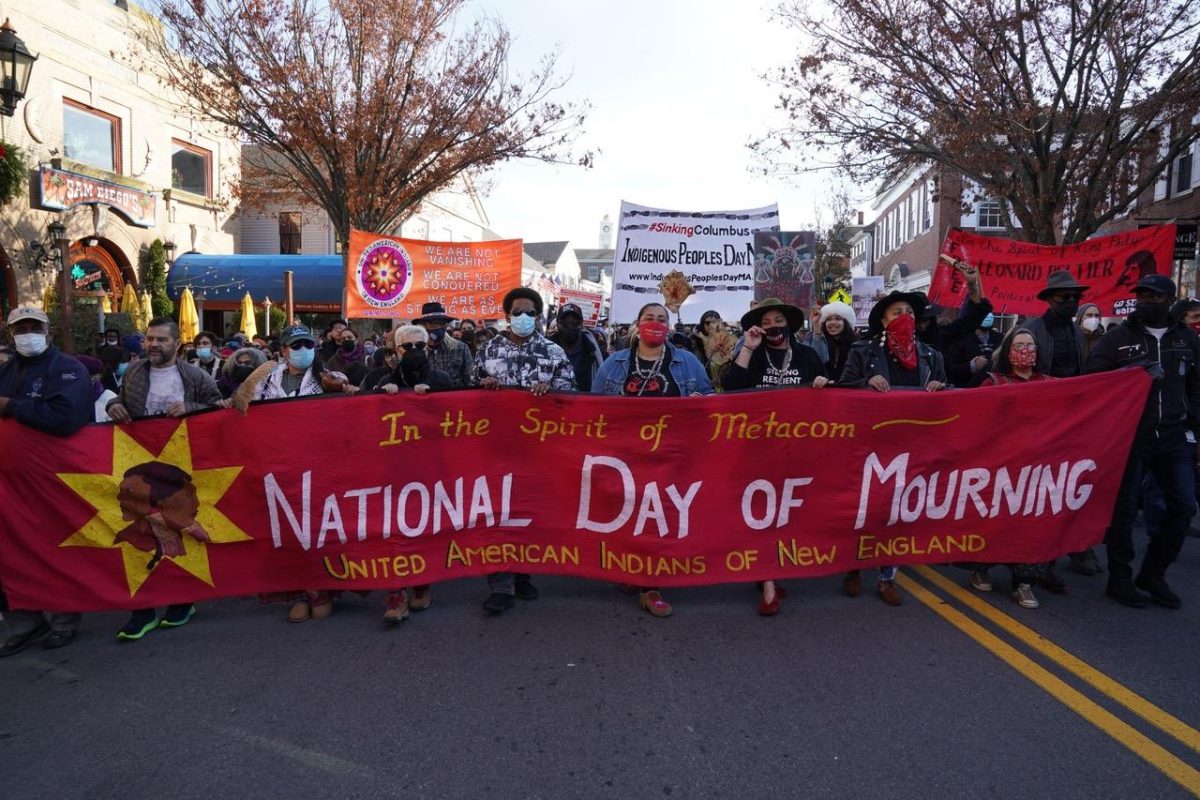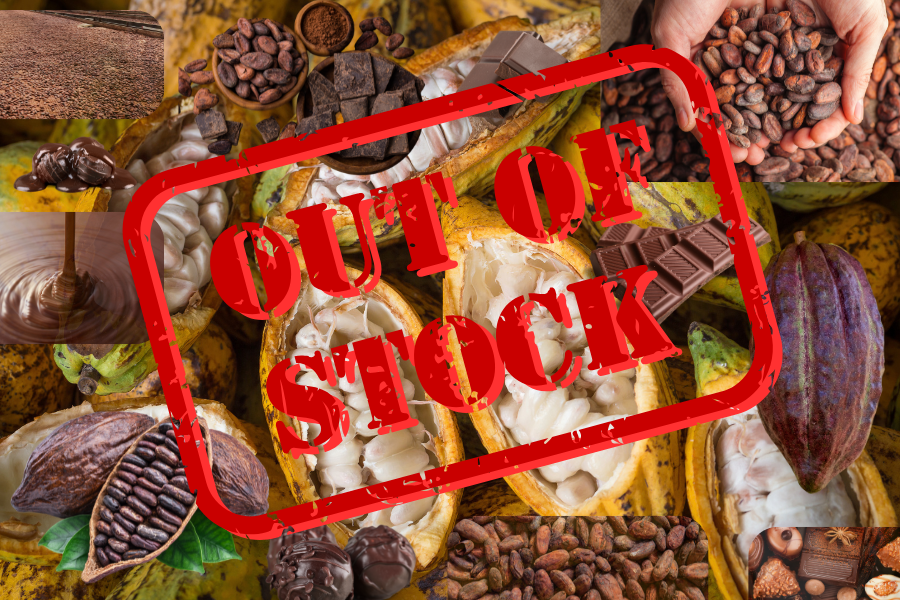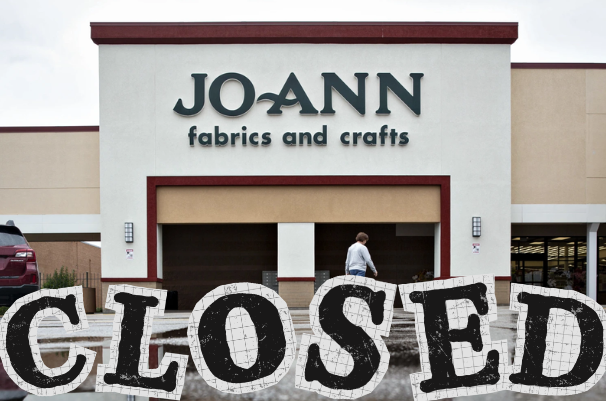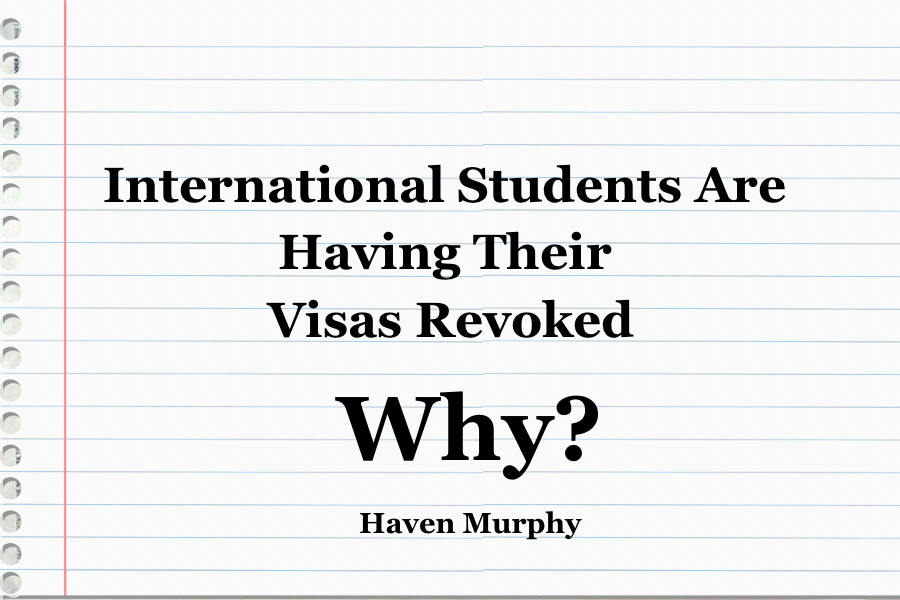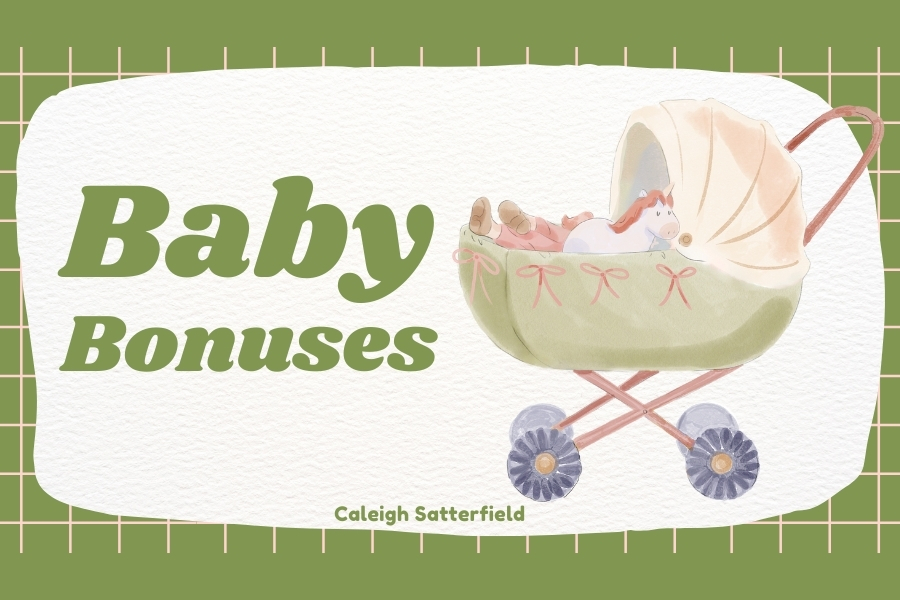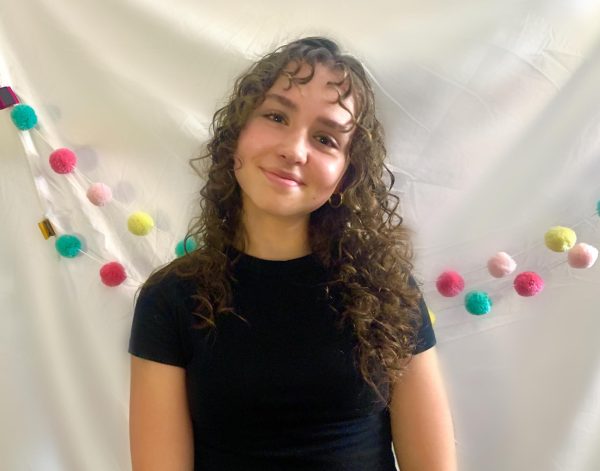Thanksgiving is a time of food, gathering, and gratitude. Many people look at it as a way to be with family and an opportunity to gather around the table and eat good food. However, the origin of Thanksgiving is very important and heartbreaking, likely much different from what you learned in school.
You may have heard the story of pilgrims sitting in harmony with Native Americans, sharing a meal, and being thankful for how they helped each other. This is a false narrative, tweaked to hide the true harm in the story. The true recollection of the first Thanksgiving is highly contested, though the following is the most commonly agreed-upon story.
Though the Europeans wanted to settle in America, there was little unpopulated land due to the Indigenous population. This changed when the Europeans brought diseases to the local indigenous communities through trade. Native Americans had never faced such plagues, and within three years, about 90 percent of the Indigenous population of New England was wiped out.
Squanto, a member of the indigenous Wampanoag tribe, was taken by a slave trader and shipped to London in 1614, six years before the Mayflower arrived in Massachusetts. The Indigenous people and the Europeans had a peaceful relationship of trading for hundreds of years until the Europeans began to capture Native Americans and sell them to the slave trade. When Squanto returned to North America in 1619, he found that the rest of his tribe had been taken by disease, and he was the only remaining member of his village. Massasoit Sachem, the leader of the Wampanoag, allowed Squanto back into the tribe.
Europeans landed in New Plymouth on December 12, 1620, and began to grow their village. In March, Native Americans greeted the pilgrims, the tribes using Squanto as a translator since he had learned English when he was captured and traded. Squanto’s interpretation was vital to the communication between the Europeans and the Wampanoag. The two groups began to leave peacefully, making a peace treaty for mutual protection. The Indigenous people taught the Europeans how to grow crops, and after a bountiful harvest, the Native Americans and Europeans shared a three-day feast. This meal would come to be known as the first Thanksgiving. However, this is not the end of the story.
More Europeans began to settle in America, and unlike the New Plymouth settlers, they abused the Indigenous people. The new settlers were Puritans, and they saw the Native Americans as ungodly and savage. If the Native Americans did not decide to convert to Christianity and desert their cultural identity, the Europeans would kill them. The monetary opportunities of America and the European Puritan beliefs eventually led to a near total eradication of the Native population in New England.
Though the first Thanksgiving was peaceful, this peace was very short-lived. It is extremely important to tell the true story and stop the false narrative of complete peace. Thanksgiving is known as the National Day of Mourning to Native Americans, and it is an annual day of protests and reflective practices to honor and remember the lives that were lost. Thanksgiving should be a day to recognize the genocide of the Native American people and pay respects to all those who were killed and displaced by the Europeans. Never forget or stop talking about the truly horrific nature of Thanksgiving.


